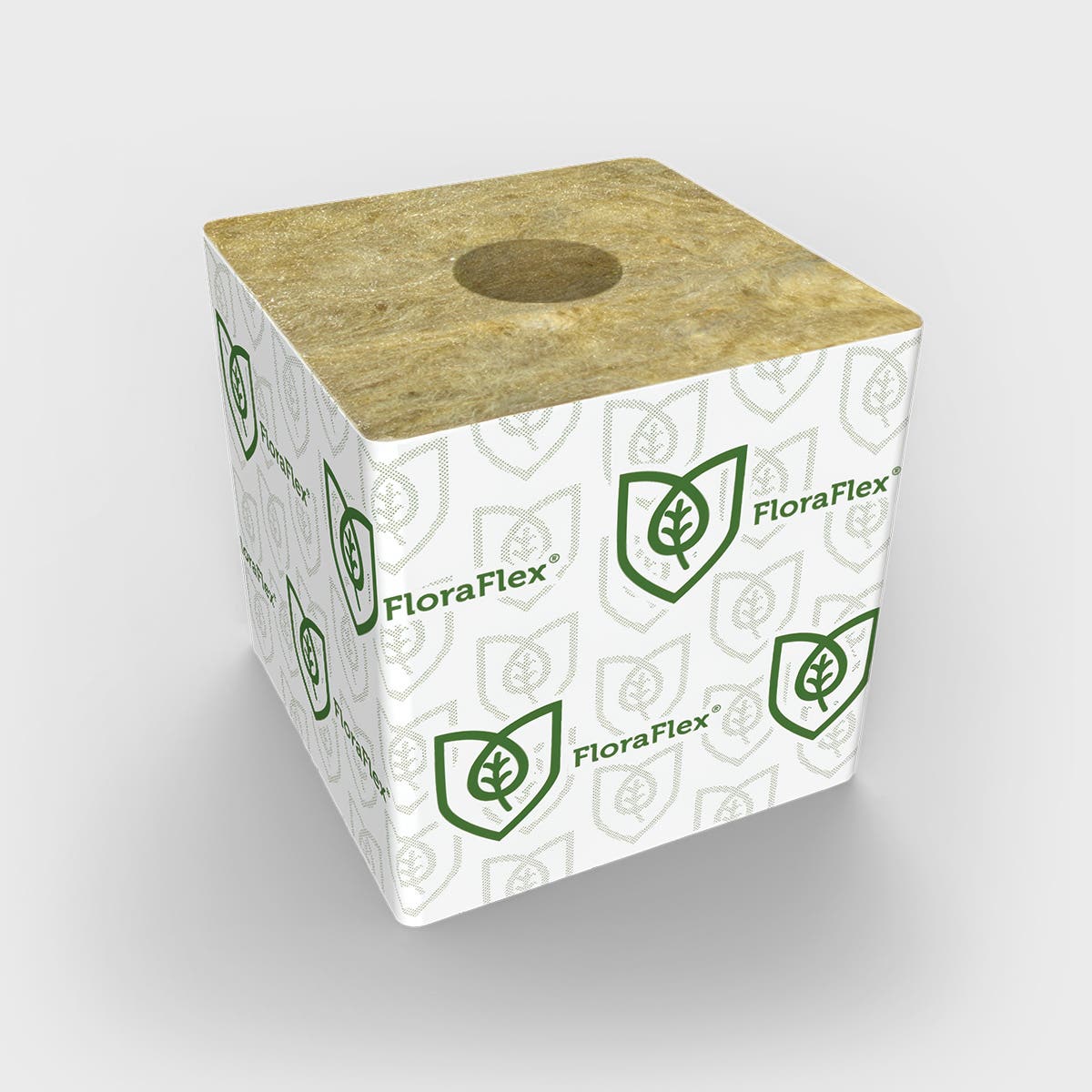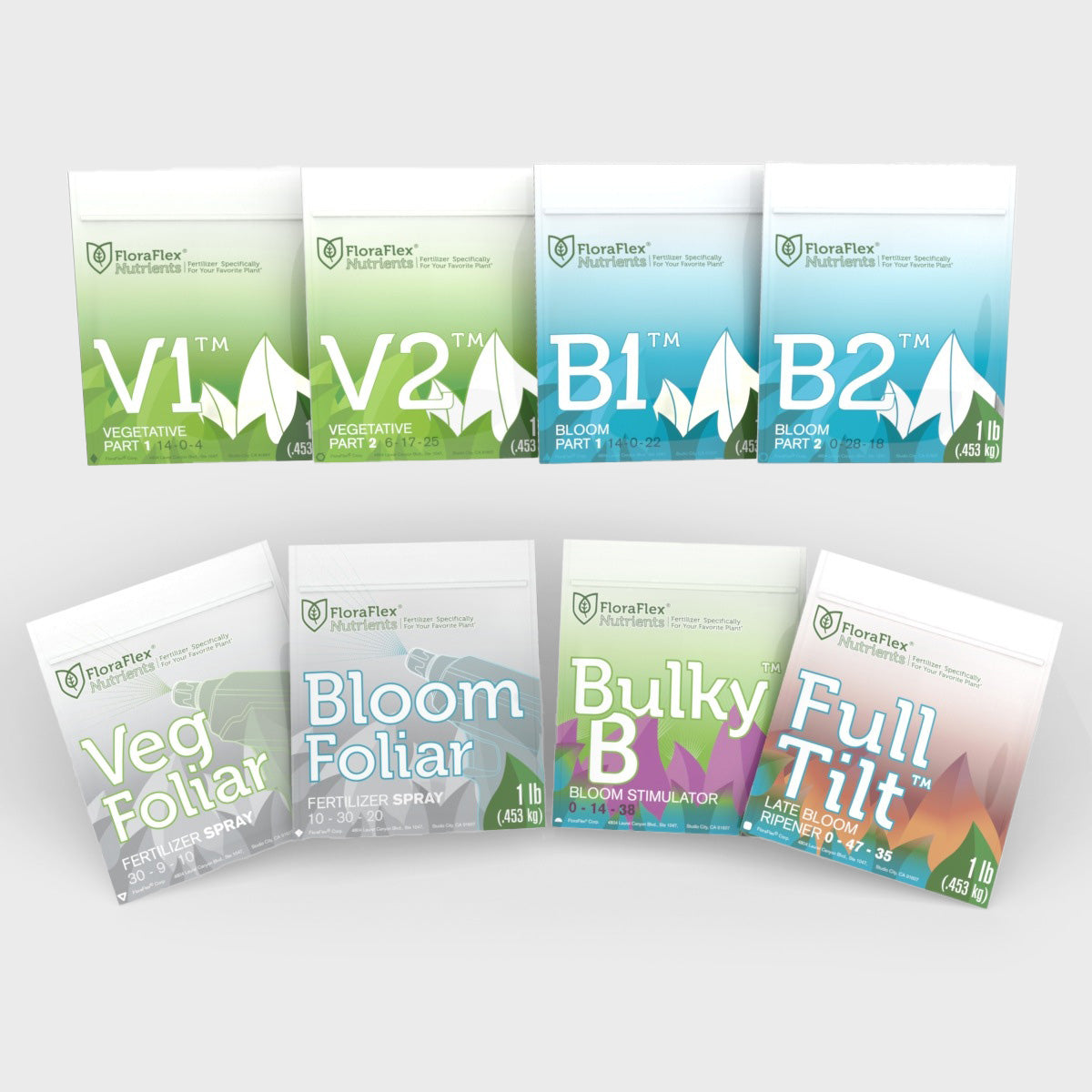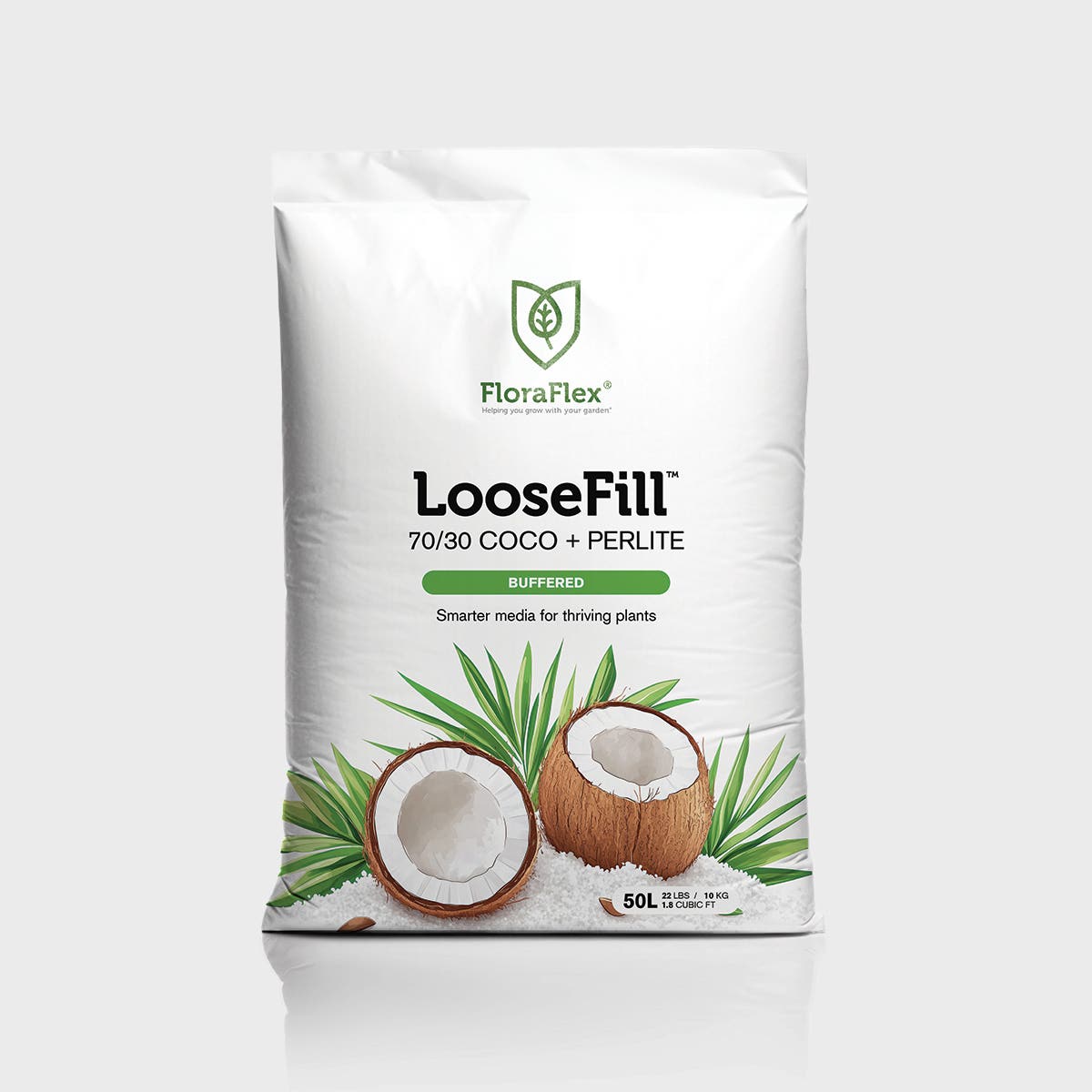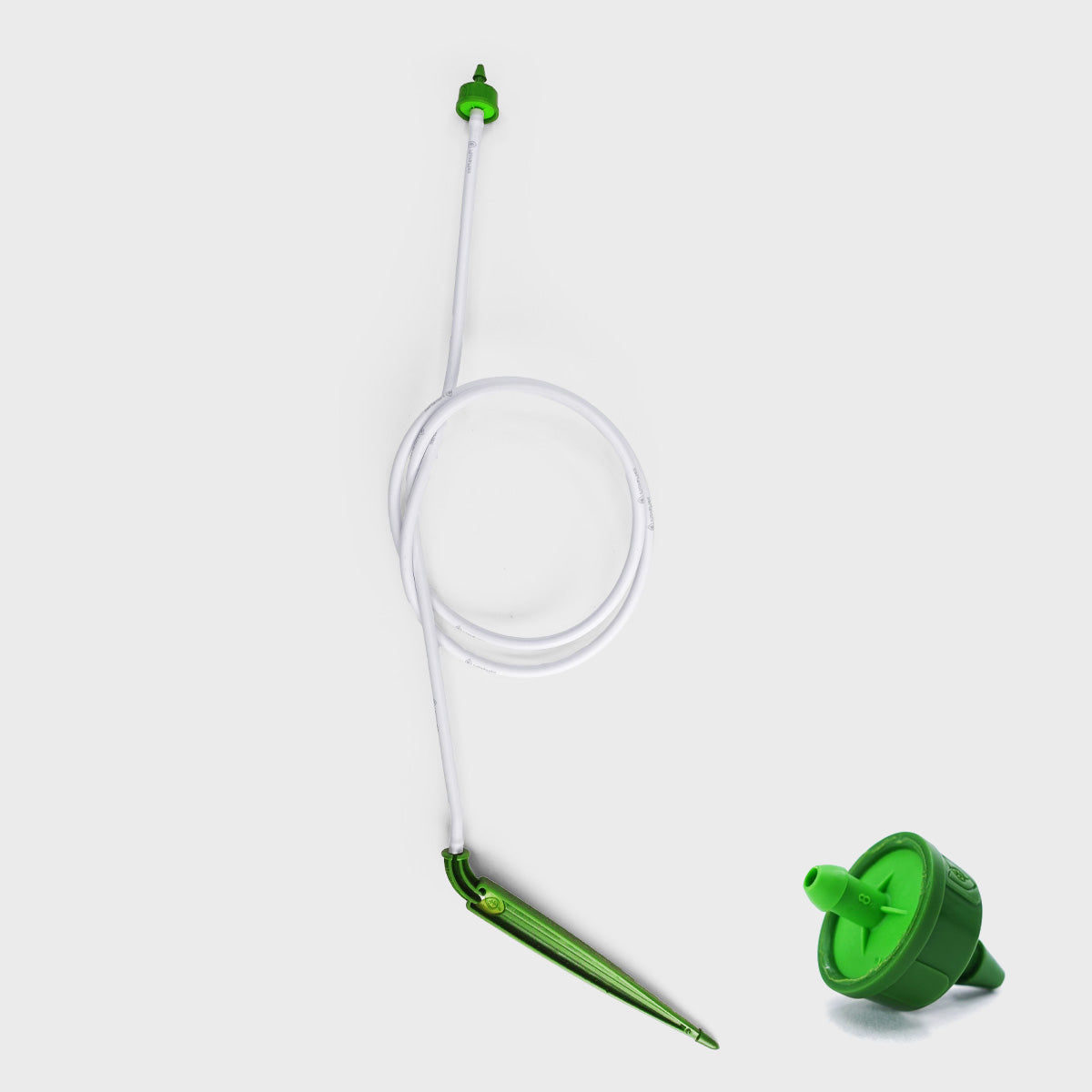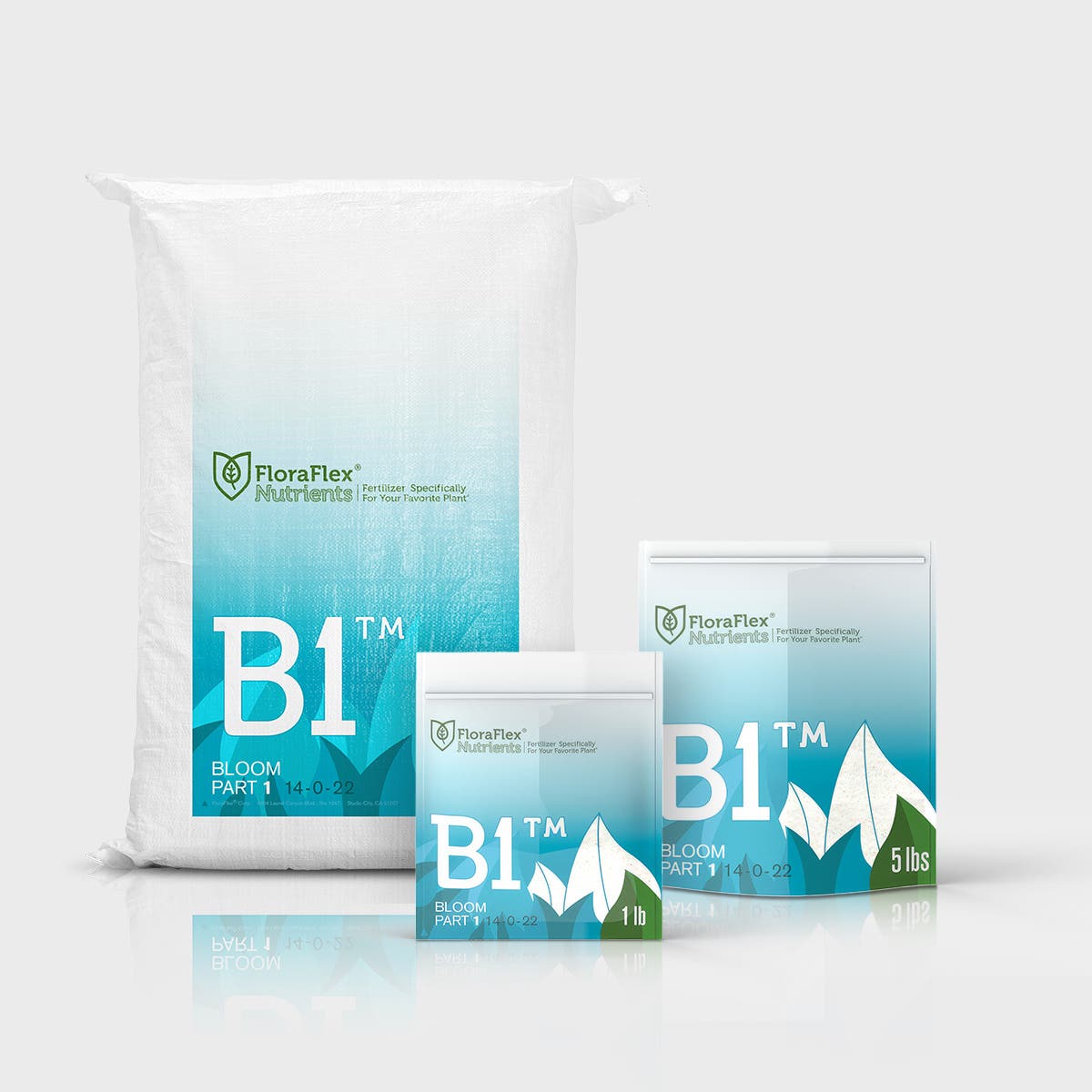Temperature for Germination
Temperature is a key factor that influences the germination process of cannabis seeds. Different strains may have slightly different temperature preferences, but a general temperature range of 70 to 85 degrees Fahrenheit (21 to 29 degrees Celsius) is considered ideal for most cannabis varieties.
Here are some temperature-related considerations for germinating cannabis seeds:
1. Consistency is Key
Maintaining a consistent temperature throughout the germination process is crucial. Fluctuations in temperature can negatively impact germination rates and seedling health. Use a reliable heat source or a designated germination mat to maintain a stable temperature.
2. Avoid Extreme Temperatures
Extreme temperatures, whether too high or too low, can be detrimental to seed germination. High temperatures above 90 degrees Fahrenheit (32 degrees Celsius) can lead to drying out of the seeds, while temperatures below 60 degrees Fahrenheit (15 degrees Celsius) can significantly slow down the germination process or even inhibit it.
3. Consider Overnight Temperatures
Pay attention to the overnight temperatures in the germination area. While it is acceptable for temperatures to drop slightly during the night, ensure they remain within the recommended range to support optimal germination.
Humidity for Germination
Humidity levels also play a crucial role in the germination process of cannabis seeds. Proper humidity helps to keep the seeds moist, facilitating the absorption of water and promoting germination. Here are some considerations regarding humidity during germination:
1. Moist Environment
Maintaining a moist environment is essential for successful seed germination. The relative humidity level should ideally be around 70 to 90 percent to provide adequate moisture for the seeds. This helps to prevent drying out and supports the emergence of healthy seedlings.
2. Avoid Excessive Moisture
While a moist environment is crucial, it's important to strike a balance and avoid excessive moisture, as it can lead to issues such as mold or fungus development. Proper ventilation and airflow can help control humidity levels and prevent excessive moisture accumulation.
3. Monitor and Adjust as Needed
Regularly monitor the humidity levels in the germination area using a hygrometer. If the humidity is too low, you can increase it by placing a humidity dome or using a fine mist sprayer to lightly mist the surrounding area. If the humidity is too high, improve ventilation by opening vents or using a fan to circulate air.
Germination Tips
In addition to temperature and humidity considerations, here are some additional tips for successful cannabis seed germination:
1. Use Quality Seeds
Start with high-quality cannabis seeds from reputable sources. Healthy and viable seeds have a higher chance of successful germination and vigorous growth.
2. Provide Adequate Moisture
Ensure that the growing medium or paper towel used for germination is consistently moist but not overly saturated. This helps the seeds absorb water and kick-start the germination process.
3. Maintain Proper Lighting
During the germination phase, avoid exposing the seeds to direct light. Instead, provide indirect or low-intensity light until the seedlings have emerged.
4. Be Patient
Germination times can vary depending on the strain and environmental conditions. Some seeds may sprout within a few days, while others may take up to two weeks. Patience is key during this process.
By considering the optimal temperature and humidity levels, monitoring the germination environment, and following proper germination techniques, you can improve the success rate of cannabis seed germination and set the stage for healthy seedling growth.



